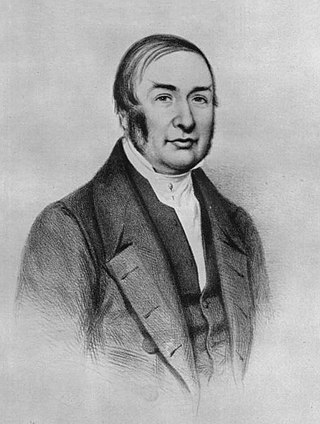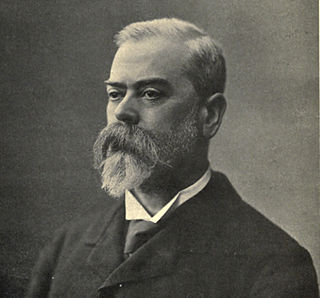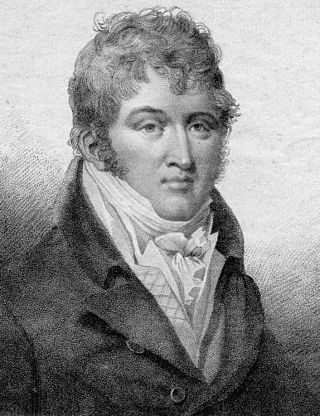
Hypnosis is a human condition involving focused attention, reduced peripheral awareness, and an enhanced capacity to respond to suggestion.

Phrenology is a pseudoscience that involves the measurement of bumps on the skull to predict mental traits. It is based on the concept that the brain is the organ of the mind, and that certain brain areas have localized, specific functions or modules. It was said that the brain was composed of different muscles, so those that were used more often were bigger, resulting in the different skull shapes. This led to the reasoning behind why everyone had bumps on the skull in different locations. The brain "muscles" not being used as frequently remained small and were therefore not present on the exterior of the skull. Although both of those ideas have a basis in reality, phrenology generalize beyond empirical knowledge in a way that departs from science. The central phrenological notion that measuring the contour of the skull can predict personality traits is discredited by empirical research. Developed by German physician Franz Joseph Gall in 1796, the discipline was influential in the 19th century, especially from about 1810 until 1840. The principal British centre for phrenology was Edinburgh, where the Edinburgh Phrenological Society was established in 1820.

James Braid was a Scottish surgeon, natural philosopher, and "gentleman scientist".

The history of alternative medicine refers to the history of a group of diverse medical practices that were collectively promoted as "alternative medicine" beginning in the 1970s, to the collection of individual histories of members of that group, or to the history of western medical practices that were labeled "irregular practices" by the western medical establishment. It includes the histories of complementary medicine and of integrative medicine. "Alternative medicine" is a loosely defined and very diverse set of products, practices, and theories that are perceived by its users to have the healing effects of medicine, but do not originate from evidence gathered using the scientific method, are not part of biomedicine, or are contradicted by scientific evidence or established science. "Biomedicine" is that part of medical science that applies principles of anatomy, physics, chemistry, biology, physiology, and other natural sciences to clinical practice, using scientific methods to establish the effectiveness of that practice.

Surgeon General Sir James Mouat was an English recipient of the Victoria Cross (VC), the highest and most prestigious award for gallantry in the face of the enemy that can be awarded to British and Commonwealth forces.
James Esdaile, M.D., E.I.C.S., Bengal (1808–1859), an Edinburgh trained Scottish surgeon, who served for twenty years with the East India Company, is a notable figure in the history of “animal magnetism" and, in particular, in the history of general anaesthesia.

John Elliotson, M.D., M.D.(Oxford, 1821), F.R.C.P.(London, 1822), F.R.S. (1829), professor of the principles and practice of medicine at University College London (1832), senior physician to University College Hospital (1834) — and, in concert with William Collins Engledue M.D., the co-editor of The Zoist.

Charles Léonard Lafontaine was a celebrated French "public magnetic demonstrator", who also "had an interest in animal magnetism as an agent for curing or alleviating illnesses".
Daniel Noble (1810–1885) was an English physician. A friend of surgeon James Braid, he is distinguished for his contributions to the study of mental illness and epidemic diseases.
The development of concepts, beliefs and practices related to hypnosis and hypnotherapy have been documented since prehistoric to modern times.

John Milne Bramwell was a Scottish physician, surgeon and specialist medical hypnotist. He was born in Perth and educated at the University of Edinburgh.

Richard Chenevix was an Irish chemist, mineralogist and playwright who also wrote on a range of other topics. He was known for his sharp cynicism and for engaging in combative criticism.

Amand-Marie-Jacques de Chastenet, Marquis de PuységurFrench:[amɑ̃maʁiʒakdəʃastənɛmaʁkidpɥizegyʁ] (1751–1825) was a French magnetizer aristocrat from one of the most illustrious families of the French nobility. He is now remembered as one of the pre-scientific founders of hypnotism.
Stage hypnosis is hypnosis performed in front of an audience for the purposes of entertainment, usually in a theater or club. A modern stage hypnosis performance typically delivers a comedic show rather than simply a demonstration to impress an audience with powers of persuasion. Apparent effects of amnesia, mood altering and hallucination may be demonstrated in a normal presentation. Stage hypnosis performances often encourage audience members to look further into the benefits of hypnotism.
Spencer Timothy Hall was an English writer and mesmerist.
Animal magnetism, also known as mesmerism, is a theory invented by German doctor Franz Mesmer in the 18th century. It posits the existence of an invisible natural force (Lebensmagnetismus) possessed by all living things, including humans, animals, and vegetables. He claimed that the force could have physical effects, including healing.

Jules Denis, Baron du Potet or Dupotet de Sennevoy was a French esotericist. He became a renowned practitioner of mesmerism—the theories first developed by Franz Mesmer involving animal magnetism.
William Collins Engledue, MD, MRCS, MRCS, LSA (1835) was an English physician, surgeon, apothecary, mesmerist, phrenologist – and, in concert with John Elliotson, M.D., the co-editor of The Zoist.
Joseph-Alphonse Teste, J.-Alphonse Teste or Alphonse Teste was a homeopath, mesmerist, and doctor in France. He wrote several books related to homeopathy and mesmerism.

The Royal Commission on Animal Magnetism involved two entirely separate and independent French Royal Commissions, each appointed by Louis XVI in 1784, that were conducted simultaneously by a committee composed of four physicians from the Paris Faculty of Medicine and five scientists from the Royal Academy of Sciences , and a second committee composed of five physicians from the Royal Society of Medicine .
















